Asking About Organic Aphid Management in Tobacco
I have recently received a few question about organic aphid management in tobacco, specifically about efficacy of different foliar …



El inglés es el idioma de control de esta página. En la medida en que haya algún conflicto entre la traducción al inglés y la traducción, el inglés prevalece.
Al hacer clic en el enlace de traducción se activa un servicio de traducción gratuito para convertir la página al español. Al igual que con cualquier traducción por Internet, la conversión no es sensible al contexto y puede que no traduzca el texto en su significado original. NC State Extension no garantiza la exactitud del texto traducido. Por favor, tenga en cuenta que algunas aplicaciones y/o servicios pueden no funcionar como se espera cuando se traducen.
Inglês é o idioma de controle desta página. Na medida que haja algum conflito entre o texto original em Inglês e a tradução, o Inglês prevalece.
Ao clicar no link de tradução, um serviço gratuito de tradução será ativado para converter a página para o Português. Como em qualquer tradução pela internet, a conversão não é sensivel ao contexto e pode não ocorrer a tradução para o significado orginal. O serviço de Extensão da Carolina do Norte (NC State Extension) não garante a exatidão do texto traduzido. Por favor, observe que algumas funções ou serviços podem não funcionar como esperado após a tradução.
English is the controlling language of this page. To the extent there is any conflict between the English text and the translation, English controls.
Clicking on the translation link activates a free translation service to convert the page to Spanish. As with any Internet translation, the conversion is not context-sensitive and may not translate the text to its original meaning. NC State Extension does not guarantee the accuracy of the translated text. Please note that some applications and/or services may not function as expected when translated.
Collapse ▲I have recently received a few question about organic aphid management in tobacco, specifically about efficacy of different foliar …
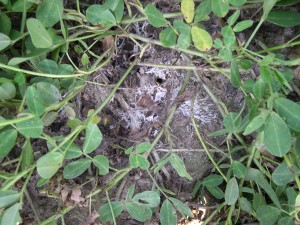
At least one fungicide application for leaf spot has been made to most of the peanut crop by now. …
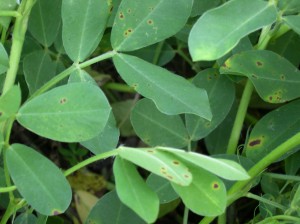
An updated version of the pdf “Peanut Disease Photos” has been posted. Color images of 16 diseases and disorders …
Organic tobacco acreage has increased throughout the southeast for 2015, and along with this increase has come more questions …

Tobacco growers often apply insecticides in the greenhouse or at transplant to preventatively manage populations of green peach aphids …
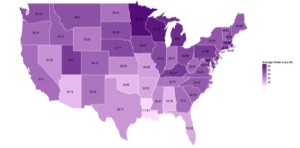
Answer: Another year, another survey, and the findings remain less than encouraging. It seems counter-intuitive that we don’t have a …

The website for brown marmorated stink bug research in NC has been moved and updated! A summary of current …

Yesterday, we held our annual tobacco agent training session at the Johnston County Extension Center. I always look forward …
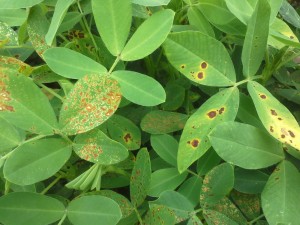
Many peanut growers had a hard time getting in their fields for the first leaf spot spray, which should …
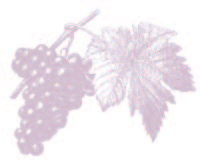
Grapevines require 16 essential nutrients for normal growth and development (Table 9.1). Carbon, hydrogen, and …
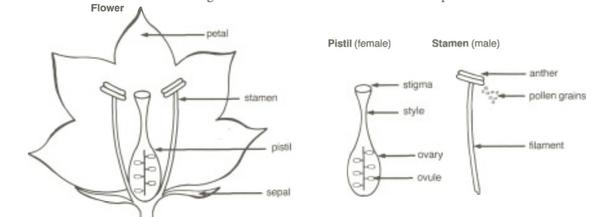
This guide presents basic facts about seeds, including how they develop, how to store and …
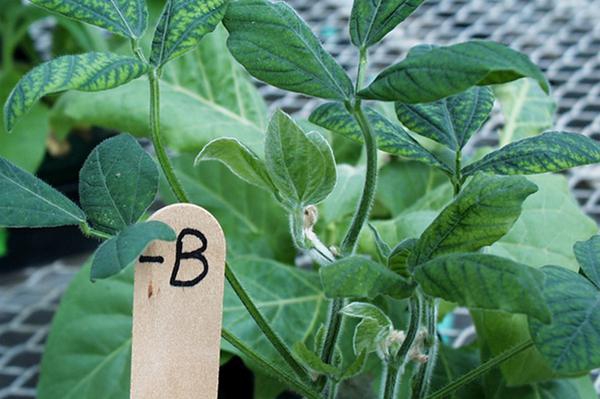
This Soybean Nutrient Deficiency Information factsheet describes the symptoms and management of boron deficiency in …
This Soybean Nutrient Deficiency Information factsheet describes the symptoms and management of zinc deficiency in …

This Soybean Nutrient Deficiency Information factsheet describes the symptoms and management of molybdenum deficiency in …
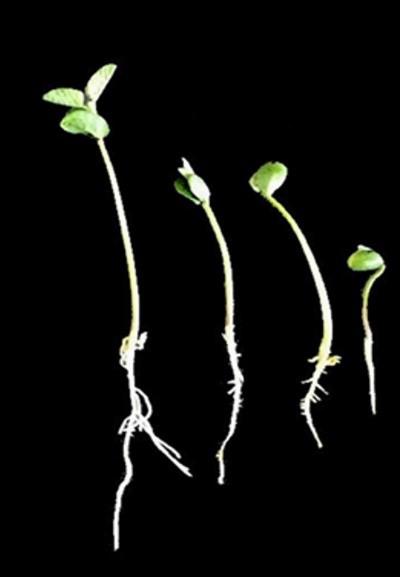
This Soybean Nutrient Deficiency Information factsheet describes the symptoms and management of aluminum toxicity in …
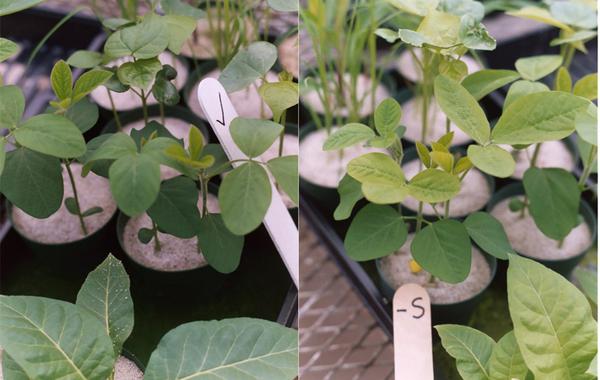
This Soybean Nutrient Deficiency Information factsheet describes the symptoms and management of sulfur deficiency in …

This Soybean Nutrient Deficiency Information factsheet describes the symptoms and management of magnesium deficiency in …